Reservation Manager
Manage bookings with ease
Handle reservations across all channels, track payments,
and make changes effortlessly.
Maxxton Reservation Manager simplifies every step.
Lorem ipsum dolor sit amet, consectetur adipiscing elit, sed do eiusmod tempor incididunt ut labore et dolore magna aliqua.
×Maxxton is the leading reservation and property management system, designed to optimise operations, scale efficiently, maximise occupancy, boost revenue, and keep both guests and staff happy.
Empower your staff to manage guest and owner journeys from booking to checkout effortlessly. Drive repeat business through loyalty awards, personalised experiences, and branded communications.
Set targets for revenue or occupancy and track the metrics that will get you there, such as pickup rates, forecasts, cancellations, and budgets. Implement dynamic pricing, offer add-on recommendations, and much more.
Increase occupancy rates and maximise property availability by strategically rearranging bookings and smart scheduling of housekeeping, maintenance, and inspection tasks.
average RevPAR
average Occupancy rate
average ADR
We’ve built the ultimate data foundation to drive better decisions and provide smart applications such as add-on recommendations, smart reallocation, and customer data deduplication.
Maxxton designs every screen and feature to feel natural for guests, owners, and staff, simplifying complex tasks and making onboarding effortless.
Our platform integrates seamlessly with popular distribution channels and third-party solutions. Plus, Maxxton’s Open API lets you build custom integrations into your own software.

Handle reservations across all channels, track payments,
and make changes effortlessly.
Maxxton Reservation Manager simplifies every step.
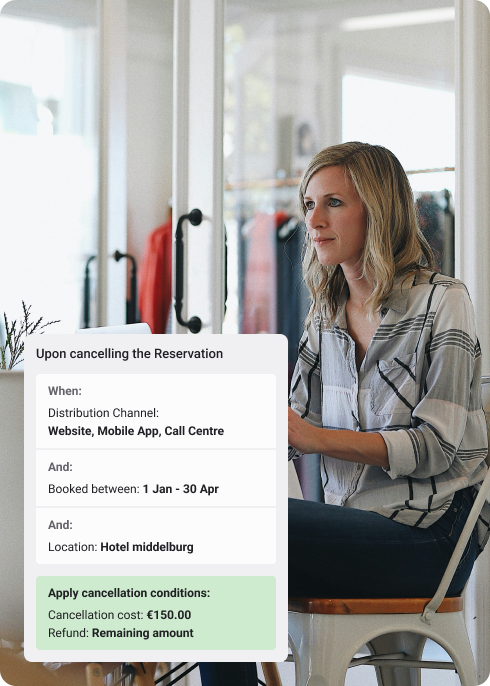
Manage rates, discounts, vouchers, and rentability rules across your entire portfolio. Whether you prefer hands-on control or want to harness the power of dynamic pricing, the revenue manager is built to maximise return.
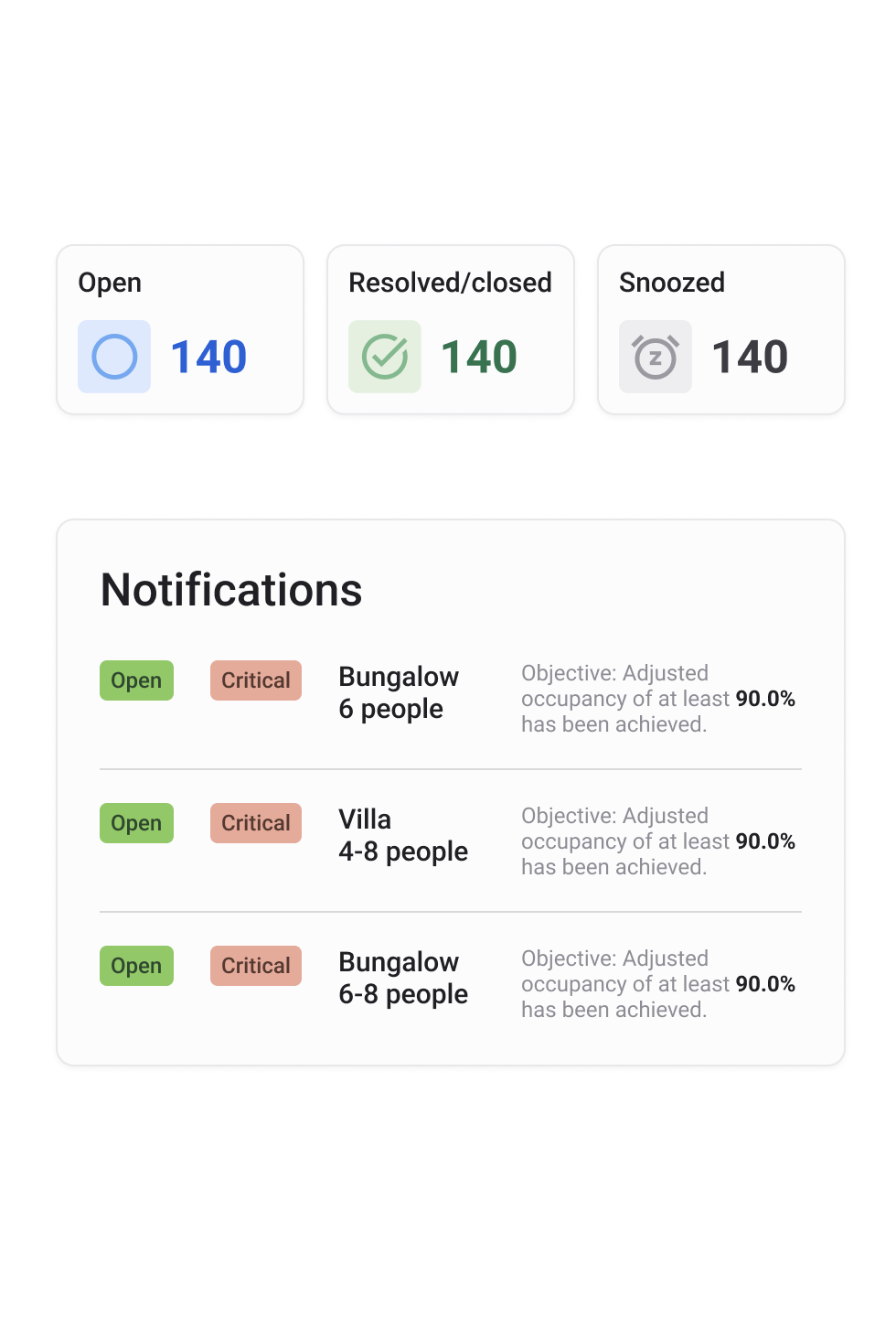
Drive bookings with a dynamic, user-friendly site.
Showcase accommodations, personalise booking flows,
and give guests and owners self-service tools—all in one place.
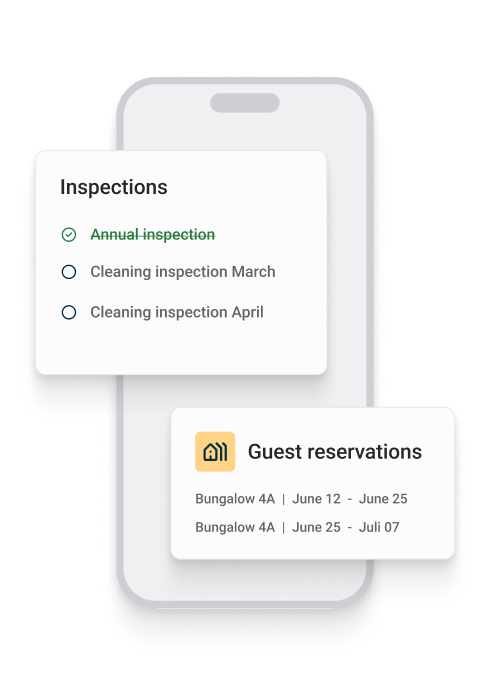
Make every guest feel valued. Centralise interactions,
track guest history, and streamline communication, so no request goes unanswered.
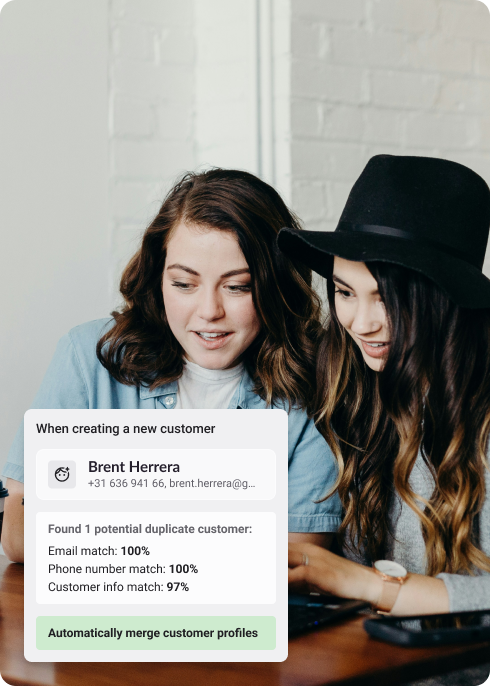
From contracts to payouts, keep owners informed,
payments compliant, and properties well-maintained—all with less manual work.
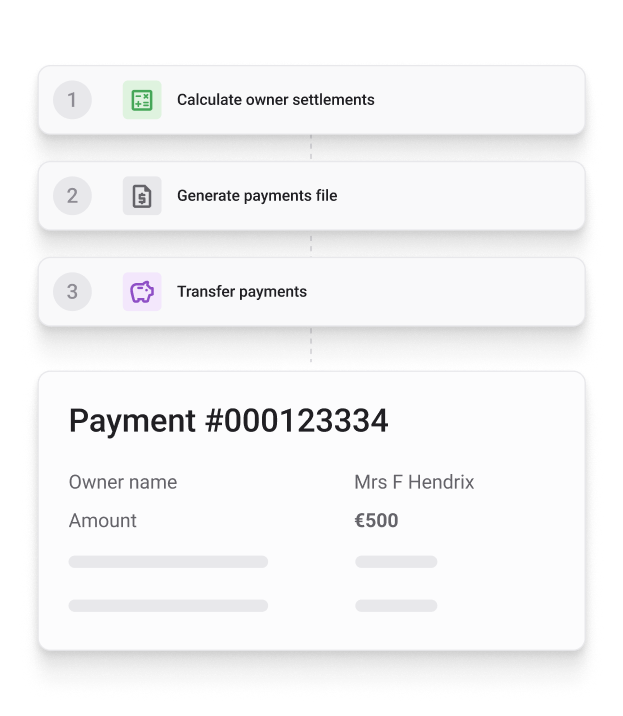
Balance consistent guest experiences across multiple locations while preserving the unique charm of each campsite.
Implement tailored pricing strategies for each location, season, and accommodation type—whether it’s a pitch, mobile home, bungalow, or glamping unit.
We ensure seasonal staff get up to speed quickly, and guests see their shop purchases appear on their checkout bill.
Let your parks grow without making daily management more complicated.
Keep accommodations pristine with efficient task planning and mobile apps for on-the-go work. Maximise occupancy and revenue with dynamic pricing, and apply best practices across multiple locations.
Maxxton equips vacation rental managers with the tools to stay competitive in a dynamic market.
It reduces staff workload with self-service tools for guests and owners, automates invoicing for utilities and services, and centralises contracts, communications, payments, and compliance across varied ownership types.
.png?width=561&height=440&name=Group%202579%20(2).png)

.png?width=561&height=440&name=Group%202579%20(1).png)
.jpg?width=960&height=540&name=Camping%20Terspegelt%20Stacaravan%20veld%2051%20(1).jpg)
Customer Case
Estivotravel doesn’t have an IT team, but what it does have is a co-owner, Marcel Janssen, who treats revenue management like a competitive sport.

Insights & best practices
In hospitality, every guest interaction is an opportunity, not just to resolve questions, but to build stronger relationships. Discover how smarter customer care can strengthen loyalty and even open new revenue opportunities.

Product News
Guests on holiday don’t hold back. They take long showers, turn the heating high and expect comfort from the moment they arrive. For operators, this means rising utility bills. For the planet, it means unnecessary waste.
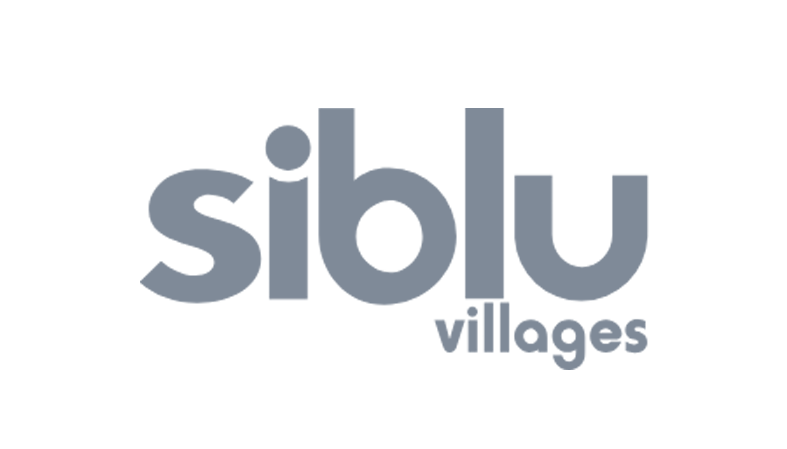
Mathieu Masson
CTO

Mikael Andersson
CEO

Jolanda Kamphuis
General Manager of Operations

Steve Metcalfe
Managing Director & Chairman at Lifestyle Holidays

Marcel Janssen
Owner at Estivo Travel